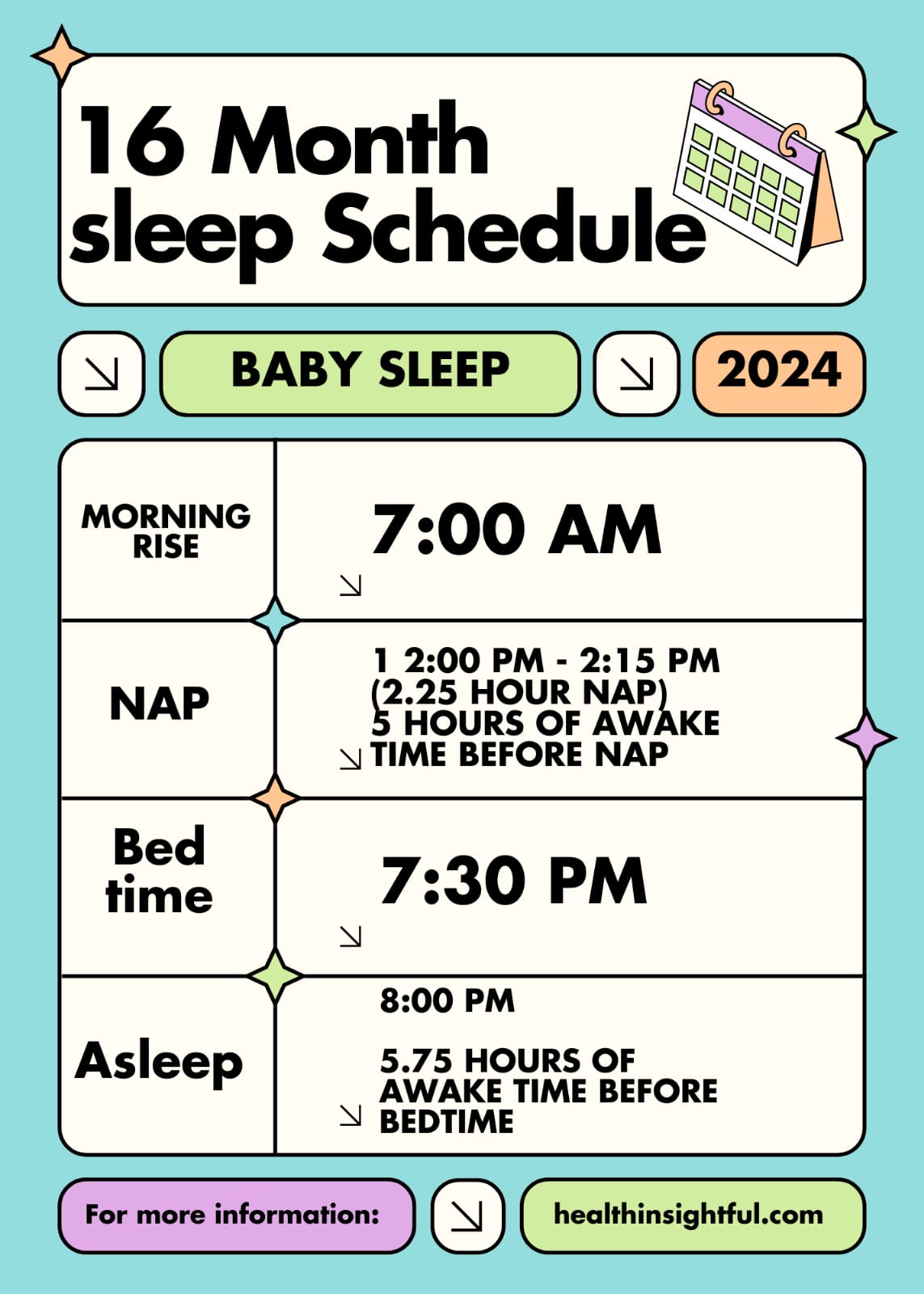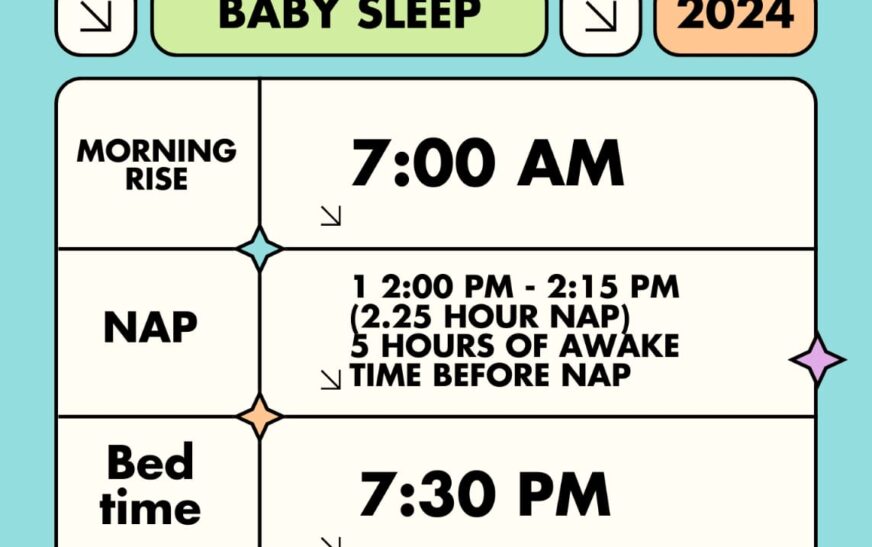Important in the development of either a baby or a toddler, sleep training installs good sleep habits. Although it may seem daunting at first, knowing what to expect in the first week does help make the process a whole lot easier for both you and your child. This article below prepares one for some common things that happen in the first week of sleep training, and also give tips on how to succeed with the same.
Why Sleep Training is Important
Sleep training refers to the practice of training babies or young children to sleep by themselves without rocking, nursing, or holding them. This is an important habit to instill in a child for several reasons.
- Quality sleep: When children learn to self-sooth, they will sleep through the night.
- Parent’s rest: When the babies sleep well, so do the parents.
- Health development: Quality sleep plays a role in the physical and intellectual development of every child.
When to Start Sleep Training
The right time to do this training is very personal and depends on the age and development of your baby. Most parents start sleep training between 4 to 6 months because that is when babies start cognitively, and their brains can mature enough to learn how to self-soothe. Every child is different, though, and that has to be highly considered when preparing for this journey.
Methods of Sleep Training
There are several different methods for sleep training; the secret to success is in picking one that best fits your parenting style. The most common include:
- Cry it Out (CIO): With this type of training, at some point in time, you will be ignoring your baby’s cries and giving them time to self-soothe.
- Ferber Method: a modified CIO in which you would check on the baby at set intervals to reassure them.
- Chair Method: the parents stay in the room and move their chair further away from the crib over successive nights.
- No Tears Method: more warm, comforting method of soothing with eventual withdrawal over time.
What to Expect During the First Week of Sleep Training Day
1: Adjustment and Resistance
Be prepared that your baby might shed tears and resist this new schedule on the very first night of sleep training. For babies, as it is with adults, schedules are not too appealing, and even less so when those schedules include falling asleep in a parent’s arms. You may get anxious or tempted; then, consistency is the key.
Things you can do:
Stick to the plan: Whatever method of sleep training you have chosen, consistency is the name of the game-hard as that may be with crying. Establish a bedtime routine: This can be something as simple as a bath, storytime, or some lulling music. The same kinds of rituals signal to a baby that it is time to go to bed.
Day 2-3: More Crying and Adjustment
You may find, around the second or third night, that the crying or fussiness increases-this has been termed an “extinction burst” with the Cry it Out method. Since your baby is working harder at getting back to the old sleep associations, this is normal and should not discourage you from the process.
What you can do:
Comfort through boundaries: Do as in Ferber’s method, visit the baby at short intervals and comfort him without taking him out of his bed.
Stay calm and confident: Your baby will be affected by your angst; hence the calmer you are, the less stressful for them.
Day 4-5: Progress and Less Time Crying
By the fourth or fifth night, you can expect to start seeing some success. Your baby will likely cry for less time until she settles down to sleep. The resistance may still be present, but the intensity of the protest must decrease.
What you can do:
- Routine persistence: Simply persist with your normal bedtime routine and avoid introducing new sleep associations.
- Adjusted Expectations: Babies are different; some may take their time to fit in, and that is okay. Just be patient with the process.
Day 6-7: Longer Sleep Periods and Self-Soothing
Most babies, by the end of the first week, start to show significant improvement in learning how to fall asleep on their own. You may notice that your child wakes up less often at night, and if they do wake up, they soothe themselves. One thing you can do:
Give yourself small successes: Even though your baby has not learned to sleep through the night yet, recognize that he/she has made progress toward the development of self-soothing skills and the art of falling to sleep independently.
Be consistent.:Consistency is what will help you get long-lasting results, not only to stick with your sleep training plan and routine but when things begin to get better also. Success Tips to Sleep Training
Sleep training can be a real headache, especially within the first week or so.
The following are a few tips which would make it easier for you and your baby:
1. Create a Sleep-Friendly Environment
Make sure the sleeping space of your baby is sleep-friendly. Keep the room dark, cool, and quiet. White noise machines or soft lullabies may help get rid of outside noise as well.
2. Be Consistent
Success in sleep training will be achieved through consistency. Employ the same method and a bedtime routine night after night. Confusing your baby with mixed messages certainly prolongs the process.
3. Setbacks Are Bound to Happen
There will be nights that your baby regresses; this could be due to teething, illness, or important developmental milestones. Be patient, and once your child is feeling better, return to the plan of sleep training.
4. Give Yourself Breaks when Necessary
If it feels too much for you, that would be quite okay; take a short break and restart when you are ready. It is equally important for you to ensure you take good care of yourself since sleep training may indeed be emotionally arousing.
As you transition to embarking on your journey into the sleep training arena, you may likely encounter one or more of the most common myths being forwarded concerning the matter.
Let us debunk a few:
Myth 1: Sleep training will emotionally damage your baby.
Research proves that sleep training, if done in a loving yet consistent manner, does not emotionally damage a baby. Quite contrary, well-rested babies are happy and healthy.
Myth 2: Sleep training means allowing your baby to cry it out alone.
Not all sleep training requires you to let your baby cry for extended periods of time. Much gentler methods exist that utilize a gradual withdrawal of night comfort.
Myth 3: Once your baby is sleep trained, she will sleep perfectly every night.
Sleep training teaches self-soothing and independent falling asleep, and babies can still have setbacks. The key to long-term success is to do your method consistently.
Conclusion
We must caution, however, that the first week may be a little challenging, but believe us, it is well worth the effort to take that first significant step in helping your child get into a healthy sleep pattern. Be prepared for some initial resistance and some tears, but keep going and try to be patient while your baby becomes accustomed to the new order of things. In most parents, by the end of the week, significant changes in their child’s sleep make all the effort very well worth it.
And remember, sleep training is a process, and every child is different. Stick to your guns-whatever the method may be, whether Cry it Out, Ferber, or a more gradual approach-and stay positive, focusing on that end goal of a well-rested baby and family.










